On a day off work without Helen, I took myself on an adventure past the Deeside Industrial Park and Shotwick Solar Park, just the other side of the Welsh border, to Flint. Here stood two medieval ruins that I’ve been wanting to visit for a while: Basingwerk Abbey and Flint Castle.
The drive to Flint and Greenfield (for the Abbey) was very industrial, and includes a jaunt over Britain’s largest cable-stay bridge. The wide dual carriageway and bridge around the industrial park were very empty though, and I’ve learnt that the locals call this the “bridge to nowhere” as it’s grossly underused for the amount of money spent on it.
Anyway, I reached Basingwerk Abbey at around 11:20 and started looking around. I was expecting to pay a fee, but the museum and office are closed until April, so I got in there for free with a week to spare.
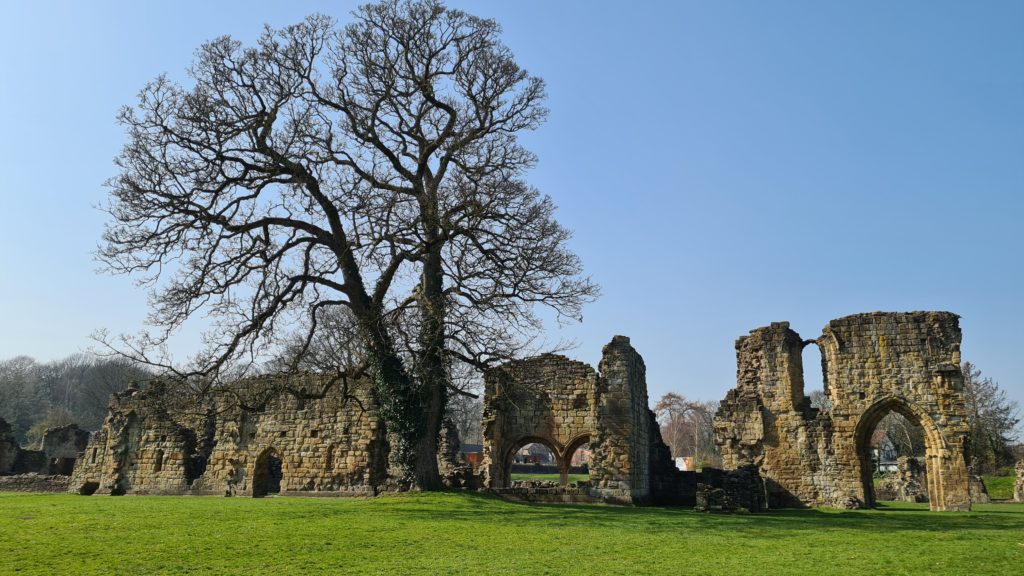
The layout of the old building is quite well preserved, there are a lot of smaller individual rooms around the edge of the main cloister. There’s also a row of guest houses around the side where King Henry V was likely to have stayed shortly after the Battle of Agincourt, when giving thanks at the nearby shrine for St. Winifred.
The room with the highest preserved walls below was the old refectory.
The middle of the cloister was the perfect spot for me to do a photo-sphere too.
After exploring for about forty minutes, I walked back down to the car. I was planning to get a drink at the cafe but it was shut along with the museum, so it was time to move on to Flint Castle.
The castle was only around 10 minutes drive from the abbey, I arrived around 12:10.
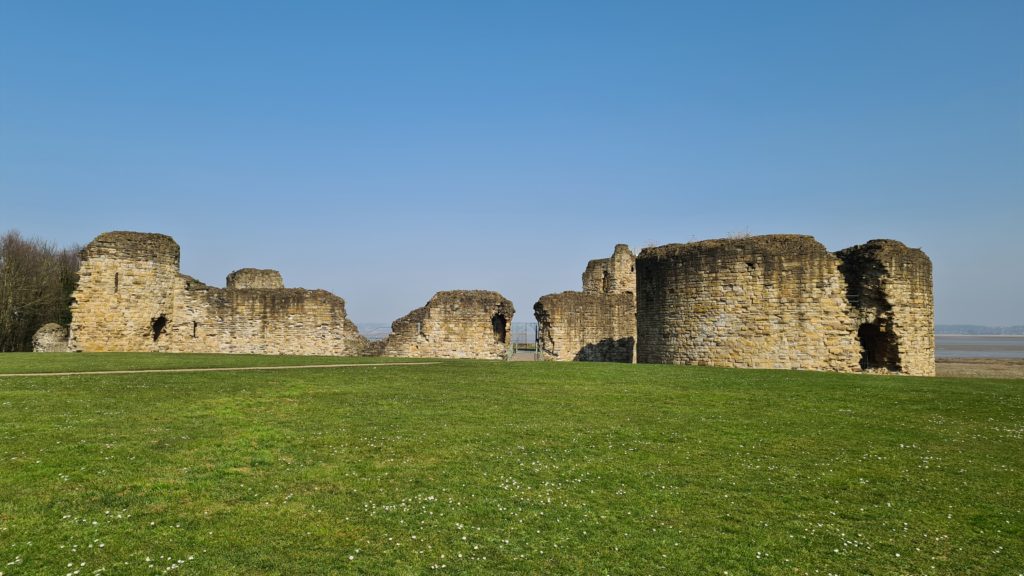
Compared to a lot of castles I’ve visited, this is one of the most square-shaped. Four walls with a circular tower at each corner. One of the towers (to the right of the picture above) was larger and separate from the rest of the castle with its own bridge, this was the keep.
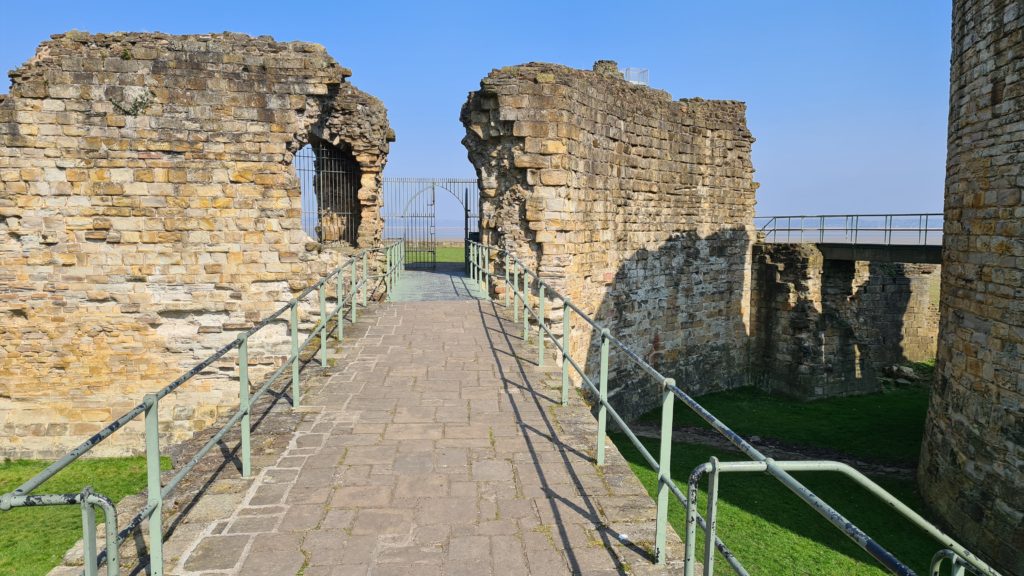
The castle was built in the late 13th century to be used by Edward I as a launchpad for military actions in Wales. It was built on the Dee estuary so that it could be supplied and reinforced via the water. The rocky outcrop on which the castle was built was known as a flint, giving the castle and future town its name.
The views of the estuary in the background were lovely, but unfortunately there were a lot of industrial buildings in the distance. Most angles included a view of the nearby power station, or random industrial chimneys.

Again, before leaving, I created another photo-sphere, although this didn’t turn out as well as the one at Basingwerk Abbey.
Another forty minutes or so of exploring and I was back on the road. It was around 13:00 now so I was getting hungry. I decided to swing by Cheshire Oaks for a burger and a dessert at Frankie and Benny’s.
Delicious.
A quick trip to the massive M&S for a few new tops and some supplies, and it was time to head home.

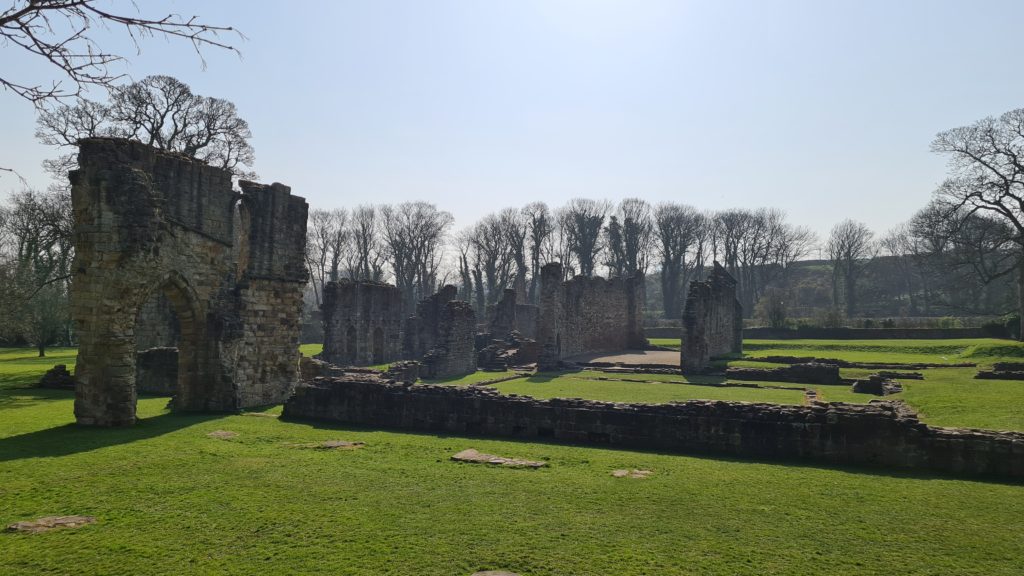
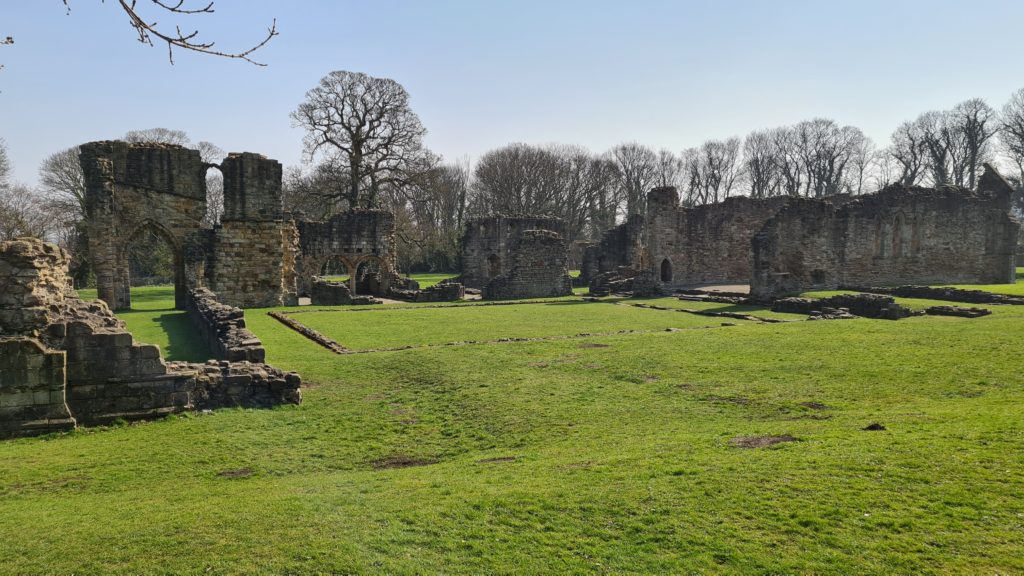

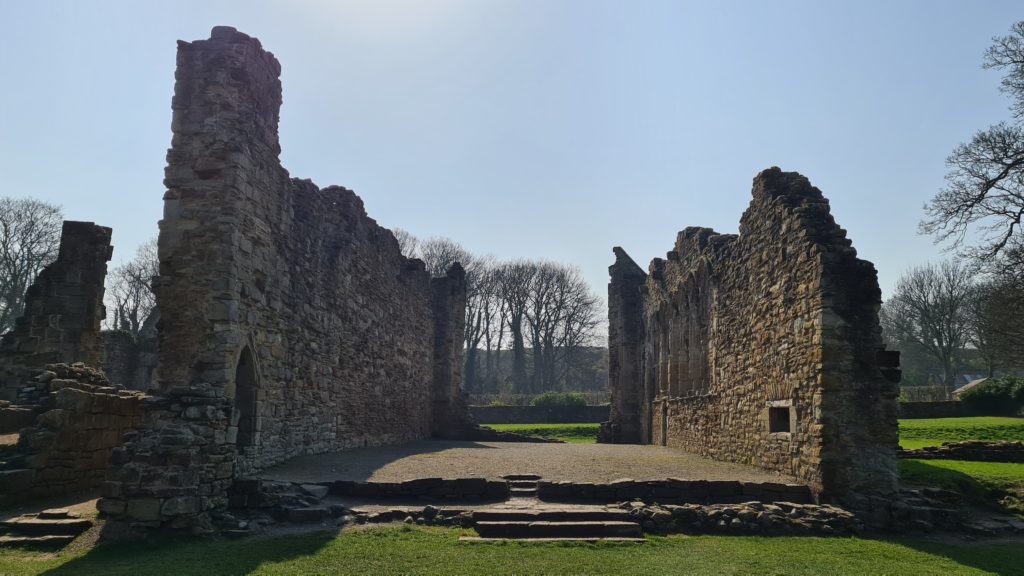
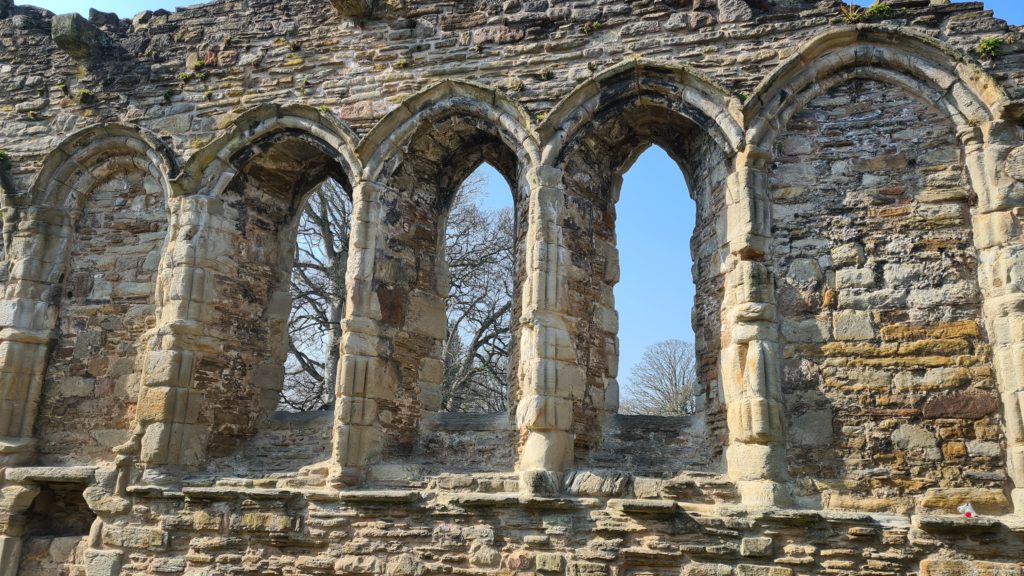
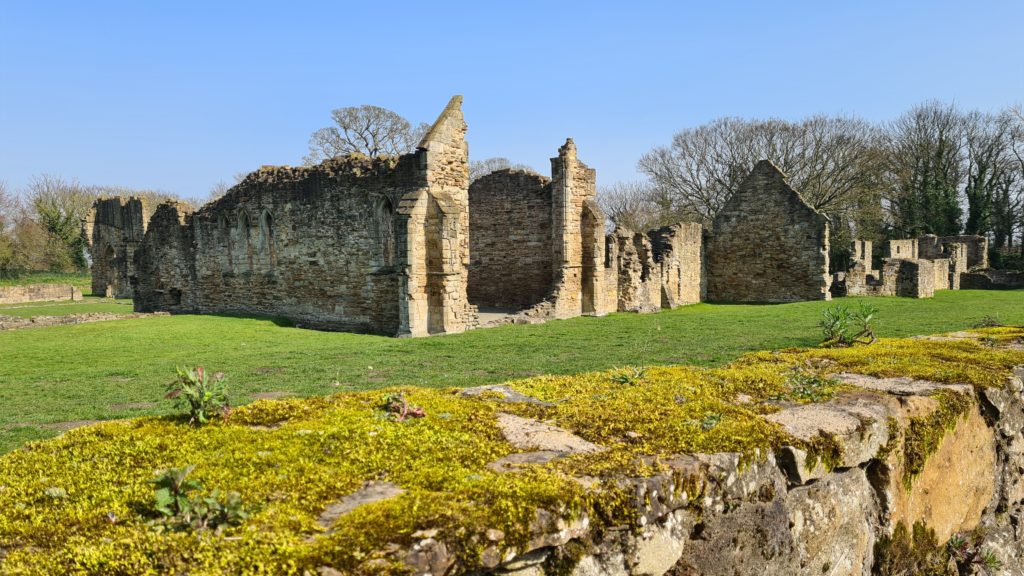
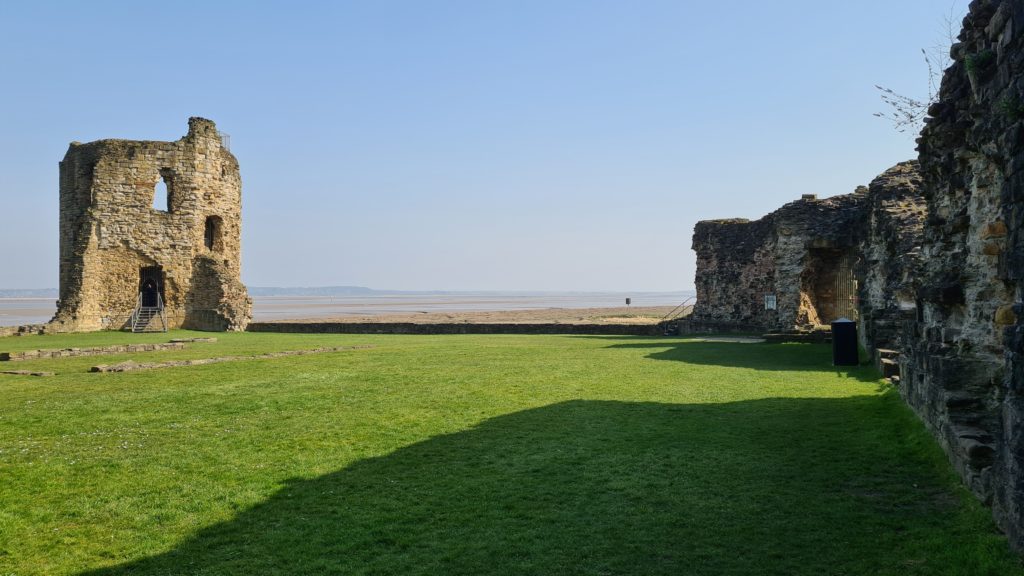
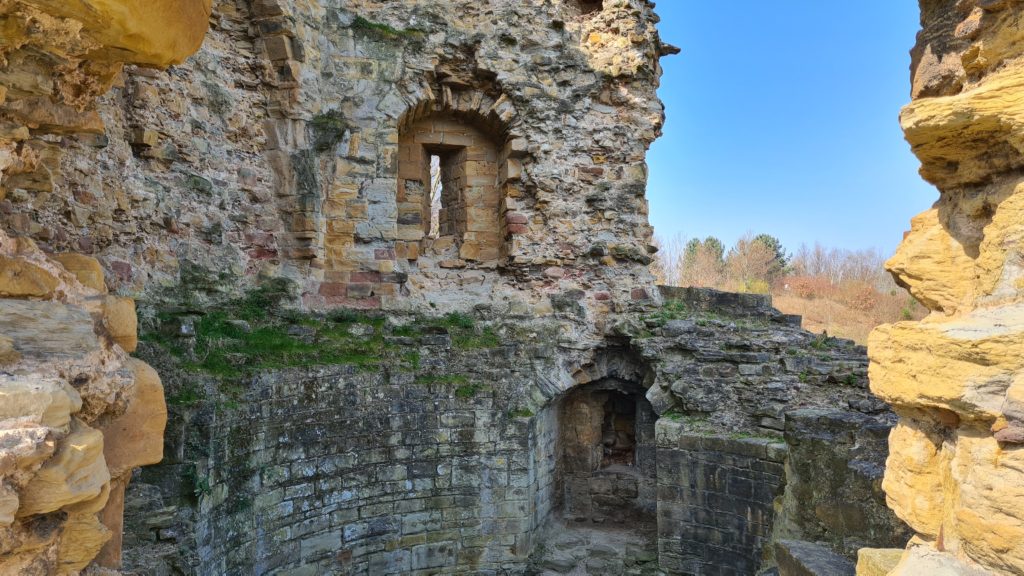
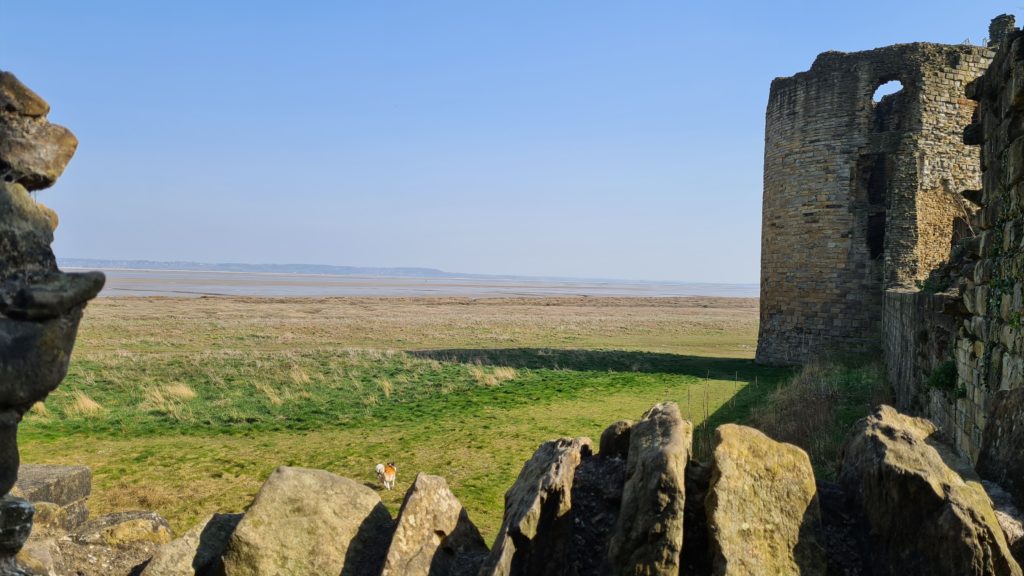
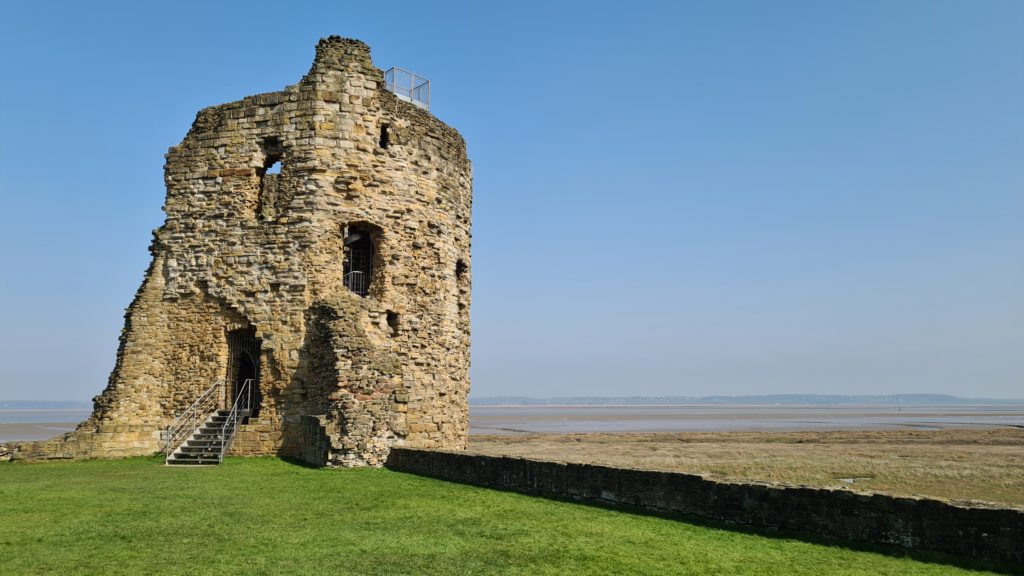
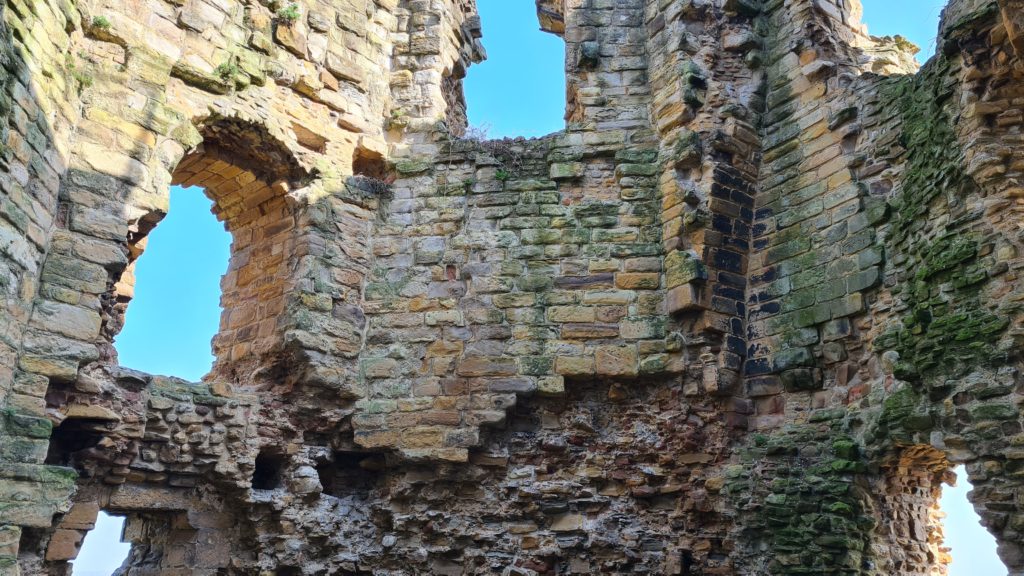
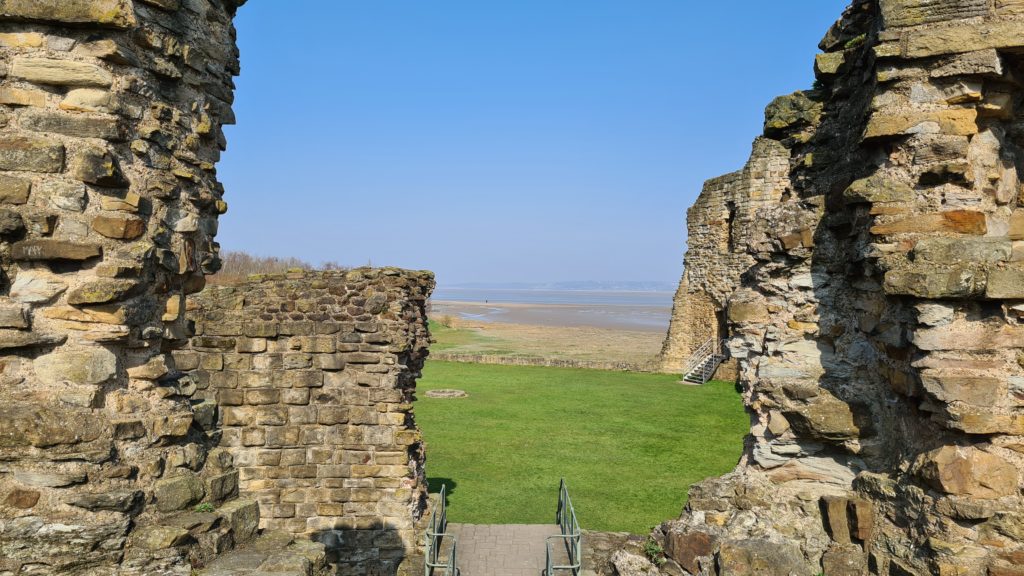
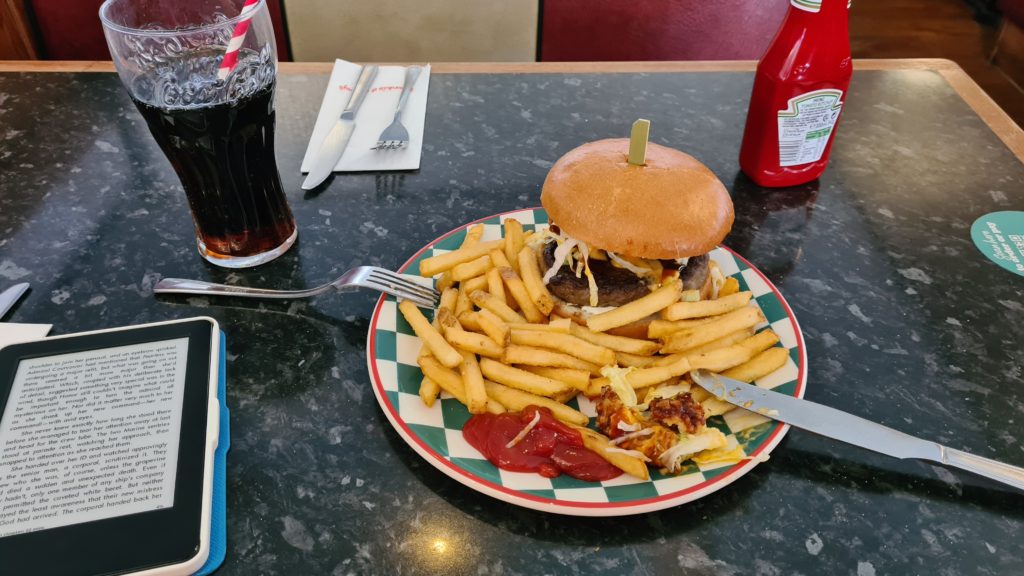

Interesting Thom. I like your photo spheres. Was the abbey demolished by Henry VIII? It’s amazing how well the gothic window arches are still intact.
Yes, demolished by Henry VIII. Two hundred years before it was demolished, a Welsh prophet had a vision that the roof of the monastery was torn off and landed on a church the other side of the Moel Famau hill. When it was dismantled, the roof was reused to build a new church in Ruthin, the other side of the hill as prophesized.
I like that people have always recycled stuff, not a new concept.